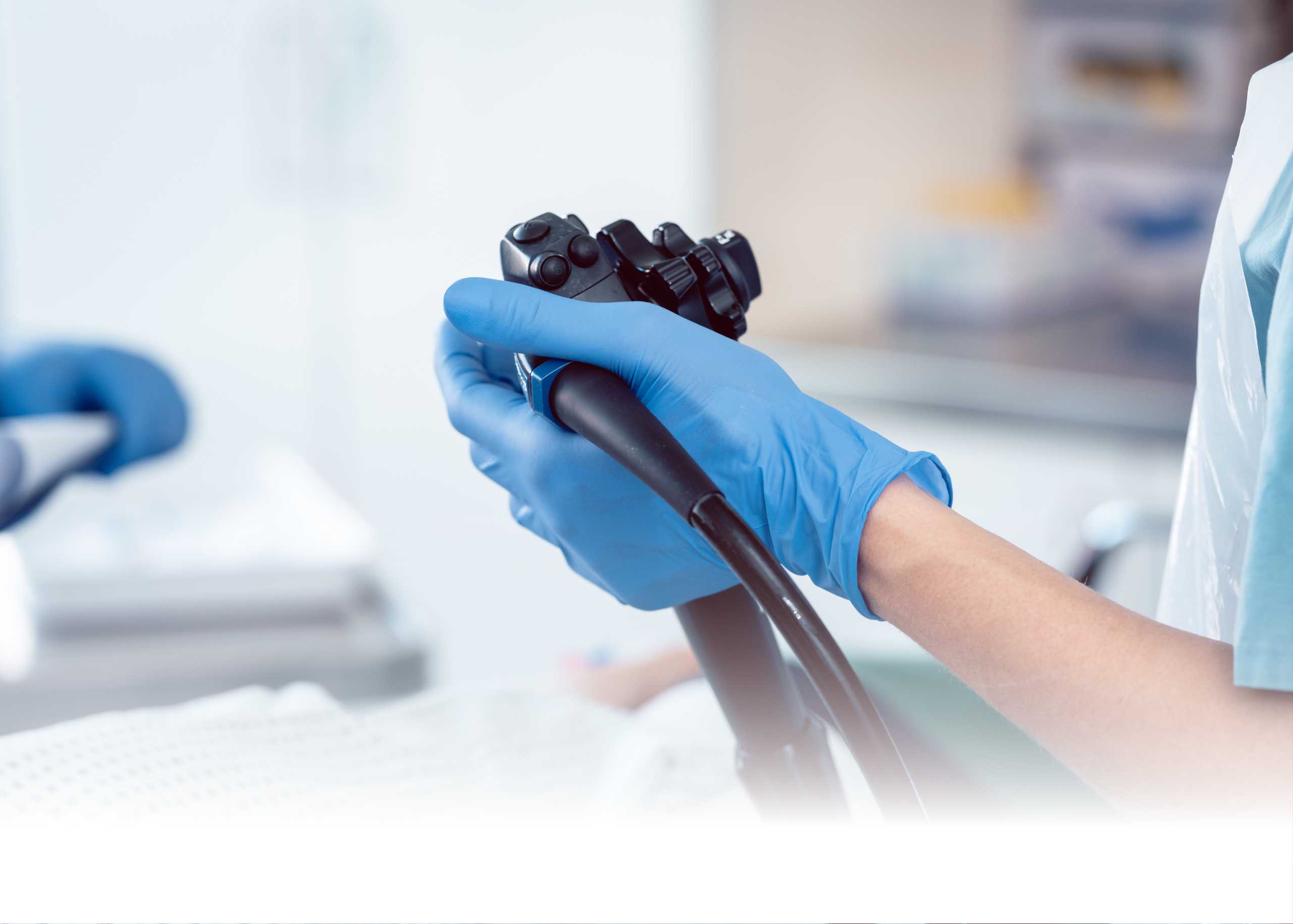At Medeor Hospital, Abu Dhabi, we understand that medical procedures can sometimes feel daunting. Our goal is to ensure you are well-informed and comfortable every step of the way. If your doctor has recommended a colposcopy, you might be feeling a little anxious or have questions about what to expect. This detailed guide aims to demystify the colposcopy procedure, providing you with a clear understanding of what happens, how to prepare, and what your experience might be like.
What is a Colposcopy and Why is it Performed?
A colposcopy is a diagnostic procedure that allows your doctor to get a magnified, illuminated view of your cervix, vagina, and vulva. It’s usually recommended if your Pap test results show abnormal cervical cells, or if your doctor observes anything unusual during a pelvic exam. It’s a crucial step in detecting and preventing cervical cancer.
Preparing for Your Colposcopy
Proper preparation can help make your colposcopy experience smoother and more accurate. Here are some key points to remember:
- Avoid Vaginal Products: For at least 24-48 hours before your colposcopy, avoid using tampons, vaginal creams, jellies, or medicines. Also, refrain from douching. These products can interfere with the results.
- Sexual Intercourse: It’s best to avoid sexual intercourse for at least 24-48 hours before your appointment.
- Schedule Wisely: If possible, try to schedule your colposcopy for a time when you are not menstruating, as blood can obscure the view of the cervix. If you have an urgent concern, your doctor may still proceed.
- Pain Relief: You may consider taking an over-the-counter pain reliever like ibuprofen or paracetamol about an hour before your appointment to help with any potential cramping.
- Ask Questions: Don’t hesitate to write down any questions or concerns you have and bring them to your appointment. Our team is here to address them.
- Bring a Companion: If you feel it would be helpful, you can bring a trusted friend or family member for support.
The Colposcopy Experience: What Happens During the Process
The colposcopy procedure is typically performed in an outpatient setting and usually takes about 10 to 20 minutes. Here’s a step-by-step breakdown of what you can expect:
- Welcome and Preparation: Upon arrival at Medeor Hospital, you’ll be greeted by our friendly staff. You’ll be asked to undress from the waist down and lie on an examination table, similar to a routine Pap test. You’ll be positioned with your feet in stirrups.
- Speculum Insertion: Your doctor will gently insert a speculum into your vagina. This instrument holds the vaginal walls open, allowing the doctor to clearly see your cervix.
- Colposcope Positioning: The colposcope, which resembles a pair of binoculars on a stand, will be positioned just outside your vagina. It does not enter your body. This instrument provides a magnified view of your cervix.
- Application of Solutions:
- Saline Solution: First, a saline solution may be applied to the cervix to wash away any mucus and make the cells clearer.
- Acetic Acid (Vinegar Solution): Next, a vinegar-like solution (acetic acid) will be applied to your cervix. This solution helps to highlight any abnormal areas, causing them to turn white. You may feel a slight stinging or cool sensation.
- Iodine Solution (Optional): In some cases, an iodine solution (Lugol’s solution) may also be applied. Healthy cervical cells absorb the iodine and turn brown, while abnormal cells do not.
- Examination and Biopsy (If Necessary): Your doctor will carefully examine your cervix through the colposcope, looking for any abnormal areas. If suspicious areas are identified, your doctor may perform a biopsy. This involves taking a small tissue sample from the abnormal area. You might feel a brief pinch or cramp during the biopsy.
- Endocervical Curettage (ECC – Rarely Performed During First Colposcopy): In some cases, a sample of cells from the endocervical canal (the opening of the cervix) might be taken using a small brush or curette. This is called an endocervical curettage (ECC) and is usually only done if the outer view of the cervix is normal but there’s still a concern. You may experience some cramping.
- Post-Procedure: Once the examination is complete, the speculum will be removed. If a biopsy was performed, your doctor may apply a special liquid bandage or a small amount of paste to the biopsy site to help stop any minor bleeding. This paste can cause a dark brown or black discharge in the following days.
After Your Colposcopy
- Discomfort: It’s normal to experience some mild cramping, spotting, or light bleeding for a day or two after a colposcopy, especially if a biopsy was performed.
- Discharge: If a liquid bandage or paste was used, you might notice a dark brown or black discharge.
- Activity: You can usually resume your normal activities immediately. However, if you had a biopsy, your doctor might advise you to avoid tampons, douching, and sexual intercourse for a few days to a week to allow the area to heal.
- Results: The biopsy samples will be sent to a laboratory for analysis. Your doctor will contact you with the results and discuss any necessary follow-up care. This usually takes about 1-2 weeks.
Your Comfort is Our Priority
At Medeor Hospital, Abu Dhabi, we are committed to providing compassionate and comprehensive care. Our team of experienced gynecologists and nurses will ensure your comfort and answer all your questions before, during, and after your colposcopy. Remember, this procedure is a vital tool for maintaining your cervical health.
If you have any further questions or would like to schedule an appointment, please don’t hesitate to contact us. Your health is our priority.








